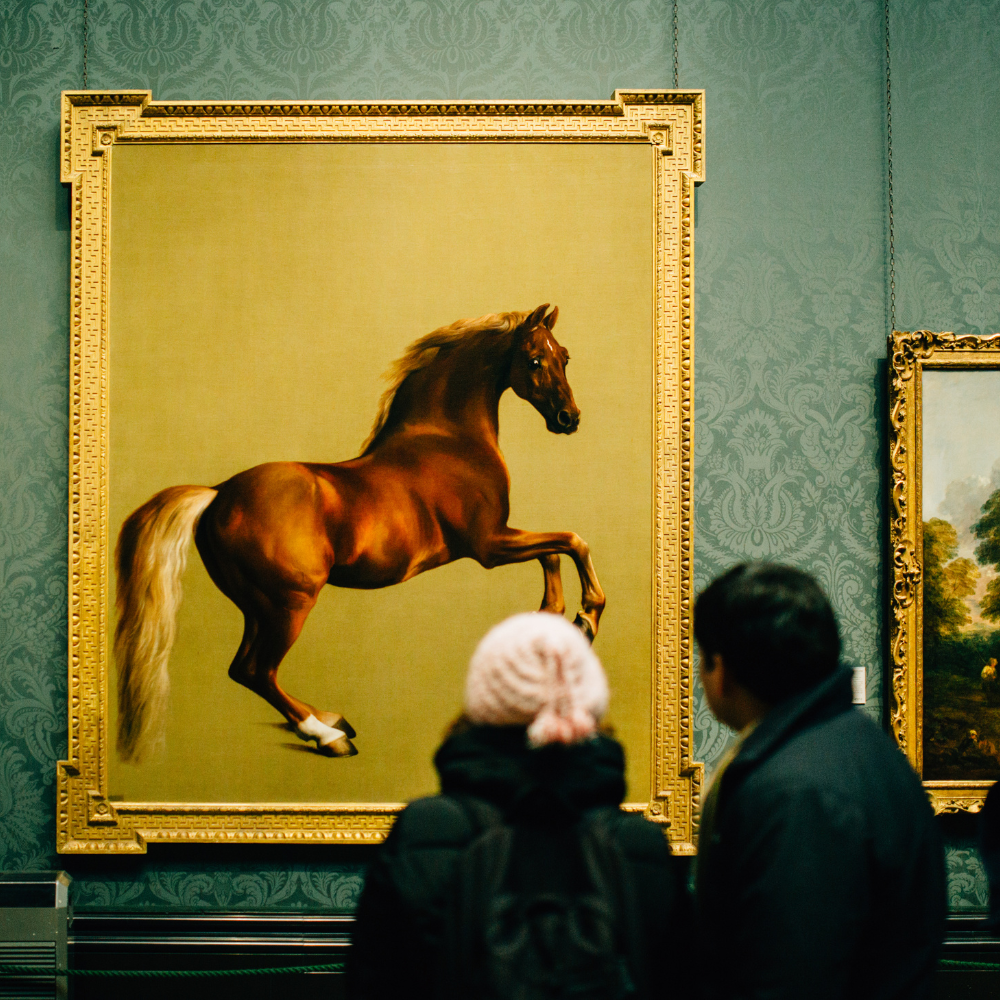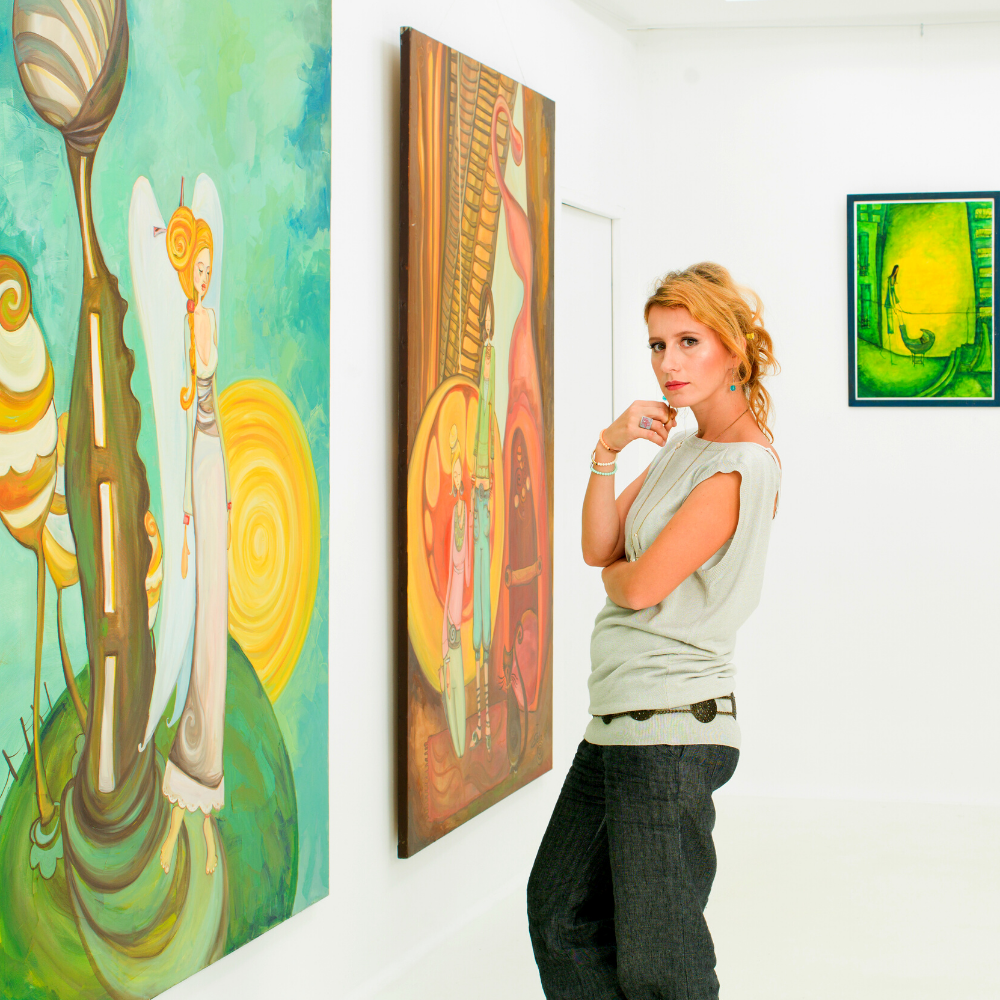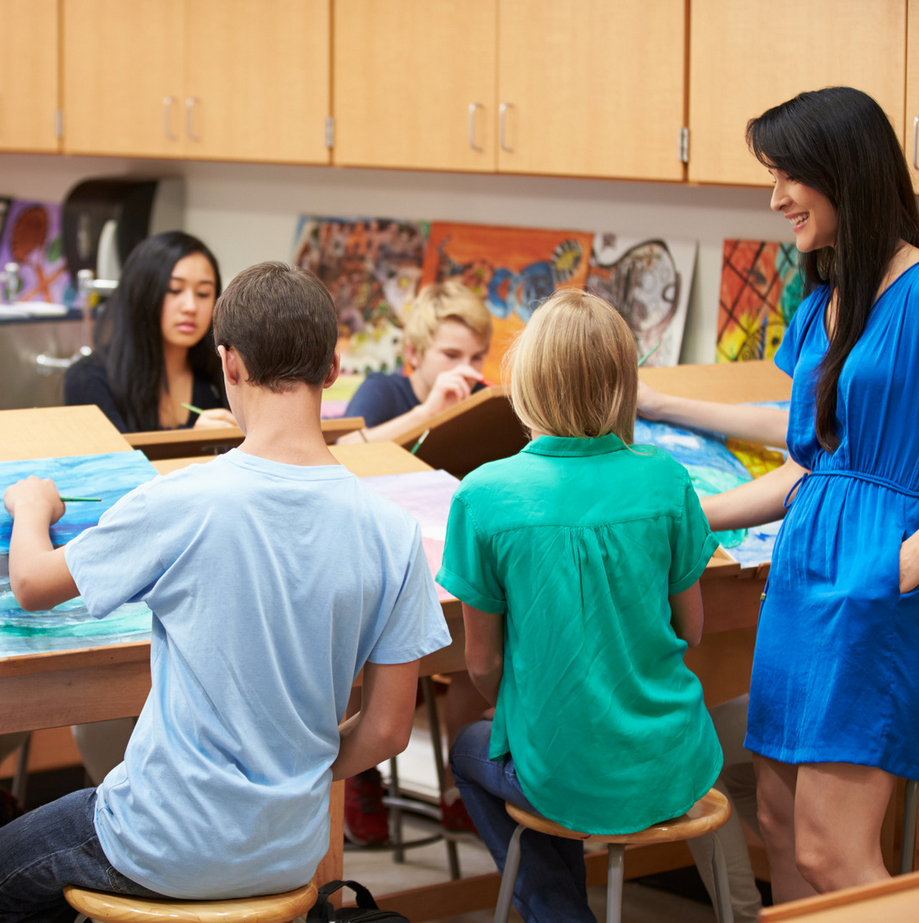In the ever-evolving landscape of art education, a new blueprint for success has emerged, transcending the confines of paint and canvas to embrace the dynamic skills required in the 21st century.
The four C's of art—Creativity, Critical Thinking, Communication, and Collaboration—stand at the forefront of this revolution, serving as the cornerstones of a modern artistic and educational ethos.
These essential skills not only refine an individual's artistic prowess but also equip them with the tools to navigate the complexities of today's world.
This article delves into each of these components, exploring their significance and application in the art room and beyond.
Join us as we unravel the threads of each C, weaving together the tapestry of how art education is shaping the innovators, thinkers, and leaders of tomorrow.
Key Takeaways:
- Understanding the four C's of art is crucial for developing st century skills in students.
- Creativity, critical thinking, communication, and collaboration are interconnected and enhance problem-solving abilities.
- Integrating the four C's into art education programs can lead to greater success for students in various fields.

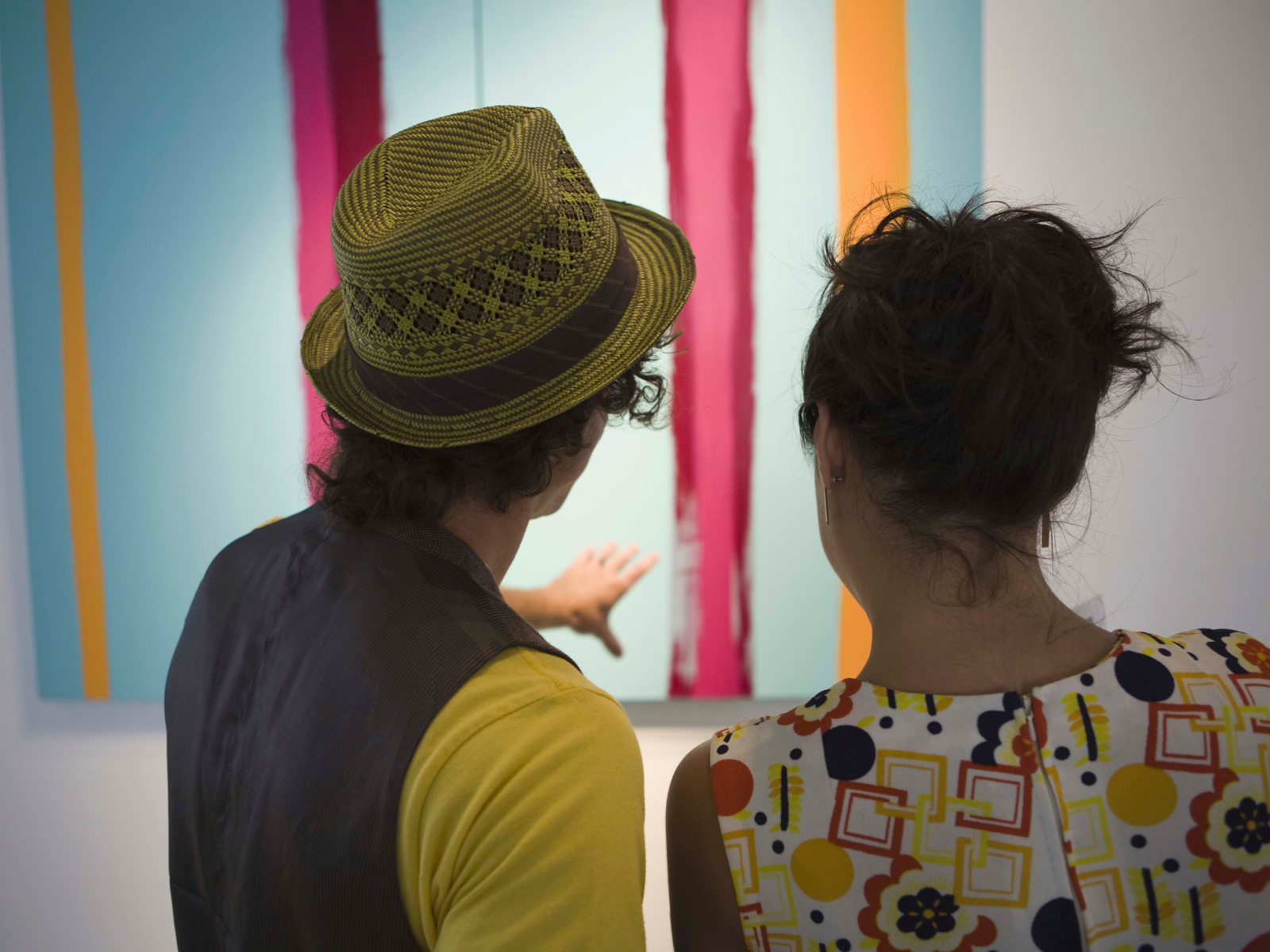
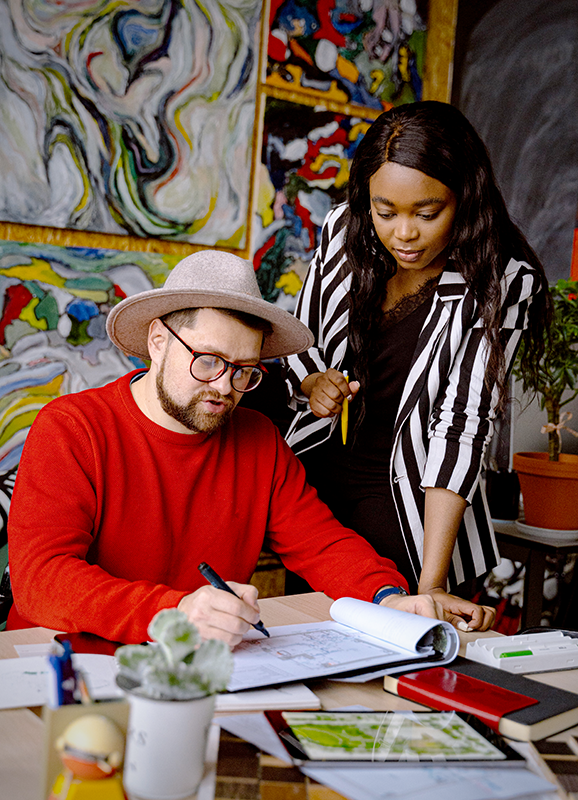
Creativity: Heart of Artistic Expression
Creativity is the cornerstone of the arts, encouraging children to express new ideas and create artwork that reflects their own unique perspectives.
In the art room, fostering creativity means allowing students the freedom to explore and innovate without fear of making mistakes.
This approach not only nurtures their artistic development but also equips them with the ability to think outside the box—a skill highly valued by employers across industries.
By teaching students to approach problems with new ways of thinking, educators can help them realize their potential to generate innovative solutions.
Whether it's through painting, sculpture, or digital media, the process of creating art is a powerful tool for personal and intellectual growth.
Critical Thinking: Analyzing and Evaluating Art
Critical thinking in the context of art involves a deep analysis of both the creation process and the final artwork.
It's about teaching learners to look beyond the surface, to question and evaluate the elements that make up an artwork.
This skill is essential not only for understanding art but also for solving problems in other subjects and real-world scenarios.
In the art room, critical thinking can be fostered through discussions and critiques, where students learn to articulate their thoughts and address the strengths and weaknesses of their own and others' work.
This practice not only enhances their knowledge of art but also prepares them to be discerning thinkers in all areas of life.
Communication: Art as a Conversation
Communication through art is a dynamic process that involves both the creator and the audience.
In the school setting, students learn that their artwork can convey messages, evoke emotions, and start conversations.
Effective communication in art goes beyond verbal language; it encompasses the visual symbols and cues that artists use to express their ideas.
Teachers can encourage students to develop this skill by prompting them to explain the concepts behind their artwork and by engaging them in dialogue about their creative choices.
This not only helps them articulate their vision but also teaches them the importance of listening and interpreting the perspectives of others.
Collaboration: Working Towards a Common Goal
Collaboration in the art room is about bringing students together to work on a shared project or goal.
It teaches them the value of teamwork and the importance of each individual's contribution to the success of the whole.
When children collaborate, they learn to negotiate, share responsibilities, and support one another's creative process.
This aspect of art education is particularly relevant in preparing students for the workforce, where employers often look for individuals who can work effectively with others to achieve a common goal.
By participating in group projects, students experience firsthand the challenges and rewards of collaborative efforts.
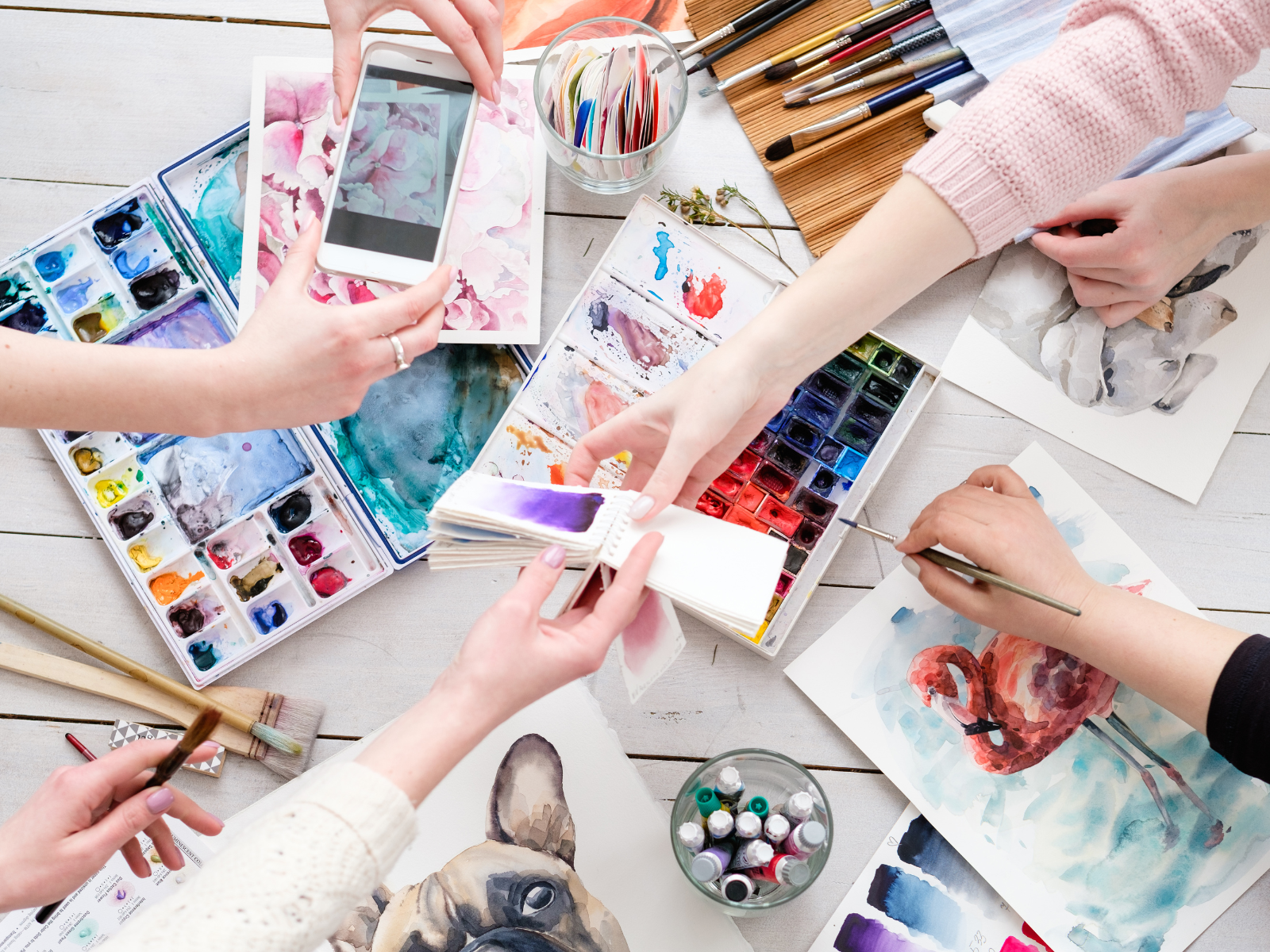
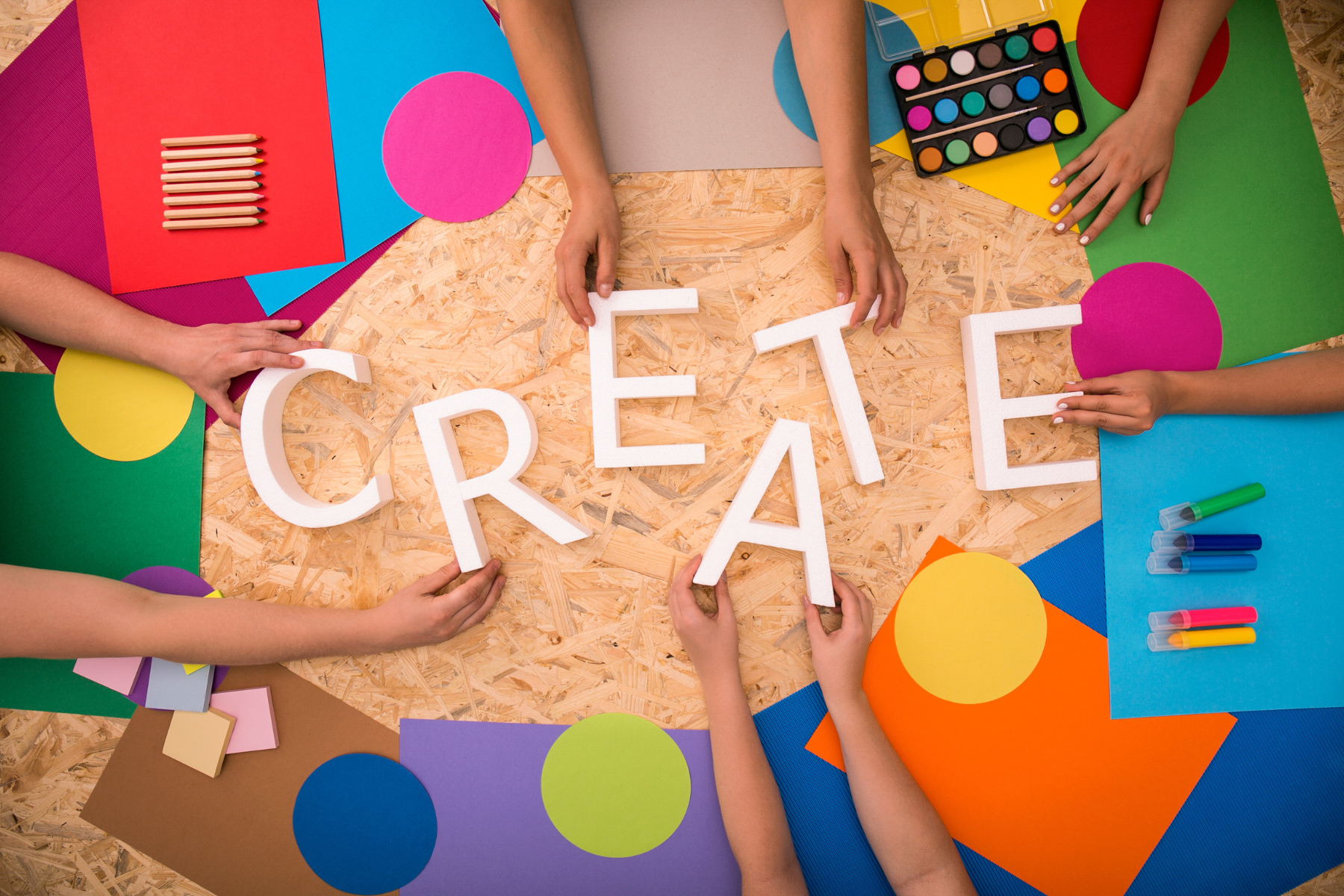
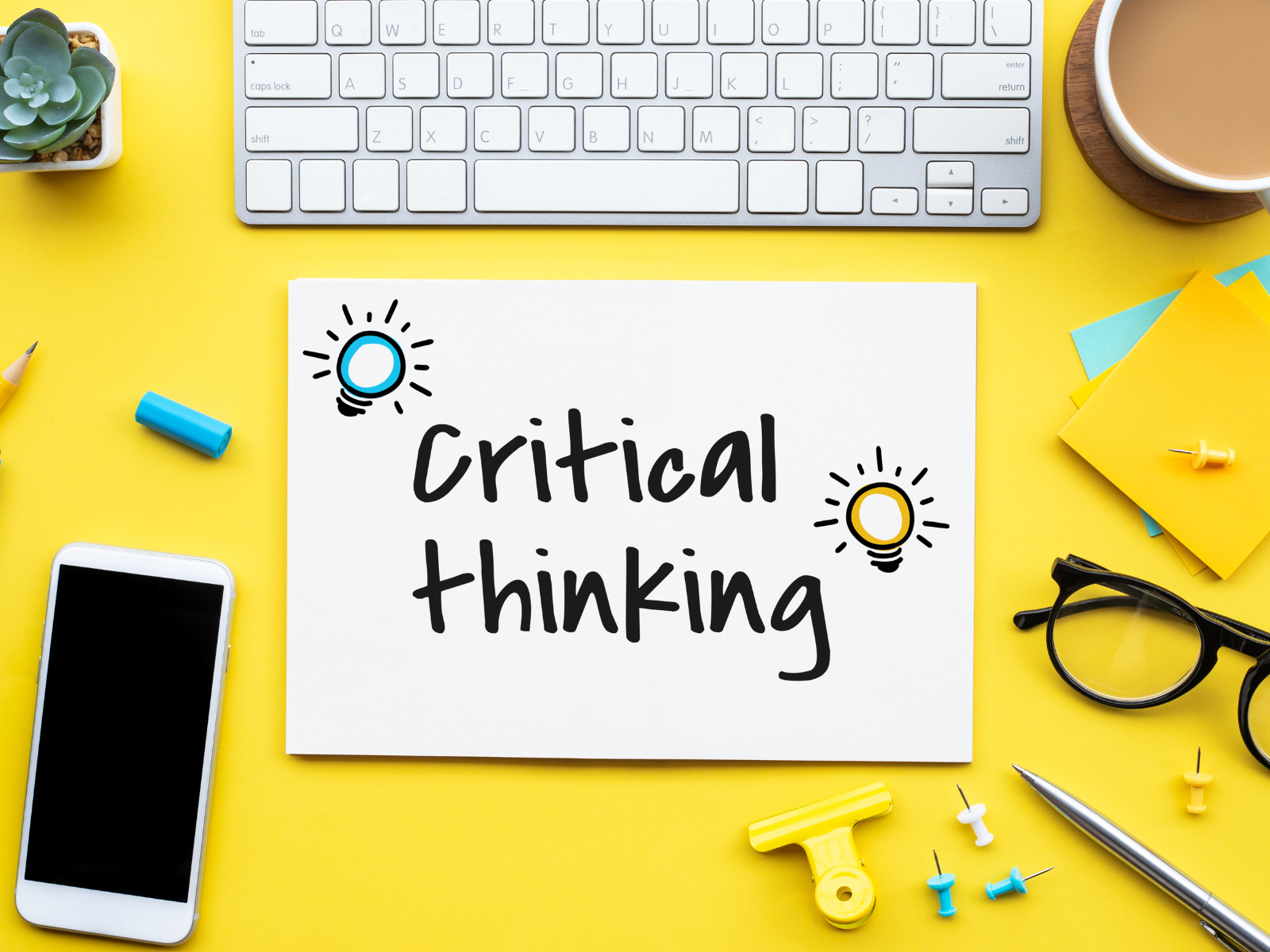
Integrating the Four C's into Art Education
To successfully integrate the four C's into art education, schools must adopt new approaches that prioritize these skills.
This might involve redesigning curricula, offering professional development for teachers, or creating programs specifically aimed at developing these competencies.
Parents and the wider community can also play a role by supporting arts education and recognizing the value it brings to children's overall development.
By working together, we can ensure that the next generation is equipped with the essential skills needed to succeed in an ever-changing world.
Prepping Students for Success Beyond Class
The four C's of art are not just about creating beautiful artwork; they are about preparing students for success in all areas of life.
By emphasizing these skills in the art room, educators can help children develop into well-rounded individuals who are ready to meet the challenges of the 21st century.
Whether in the arts, sciences, or any other field, the ability to think creatively, critically, communicate effectively, and collaborate with others is what will set students apart and enable them to thrive in a global society.
Lasting Impact of the Four C's
The four C's of art—creativity, critical thinking, communication, and collaboration—serve as the foundational pillars of modern art education, offering more than just artistic skills.
They prepare students for the complexities of the contemporary world, empowering them to become innovators, problem-solvers, and effective collaborators.
As we navigate the ever-changing landscape of the 21st century, these skills will continue to be invaluable assets, ensuring that today's learners are well-equipped to become tomorrow's leaders.
By fostering these abilities in the art room, educators can help students not only in creating artwork but also in applying these skills to various aspects of their lives.
Embracing these principles within art education not only enriches the artistic journey but also lays the groundwork for a future where creativity and critical thinking pave the way for success.
As the world continues to evolve, the four C's will remain crucial for anyone looking to innovate, solve problems, and work effectively with others.
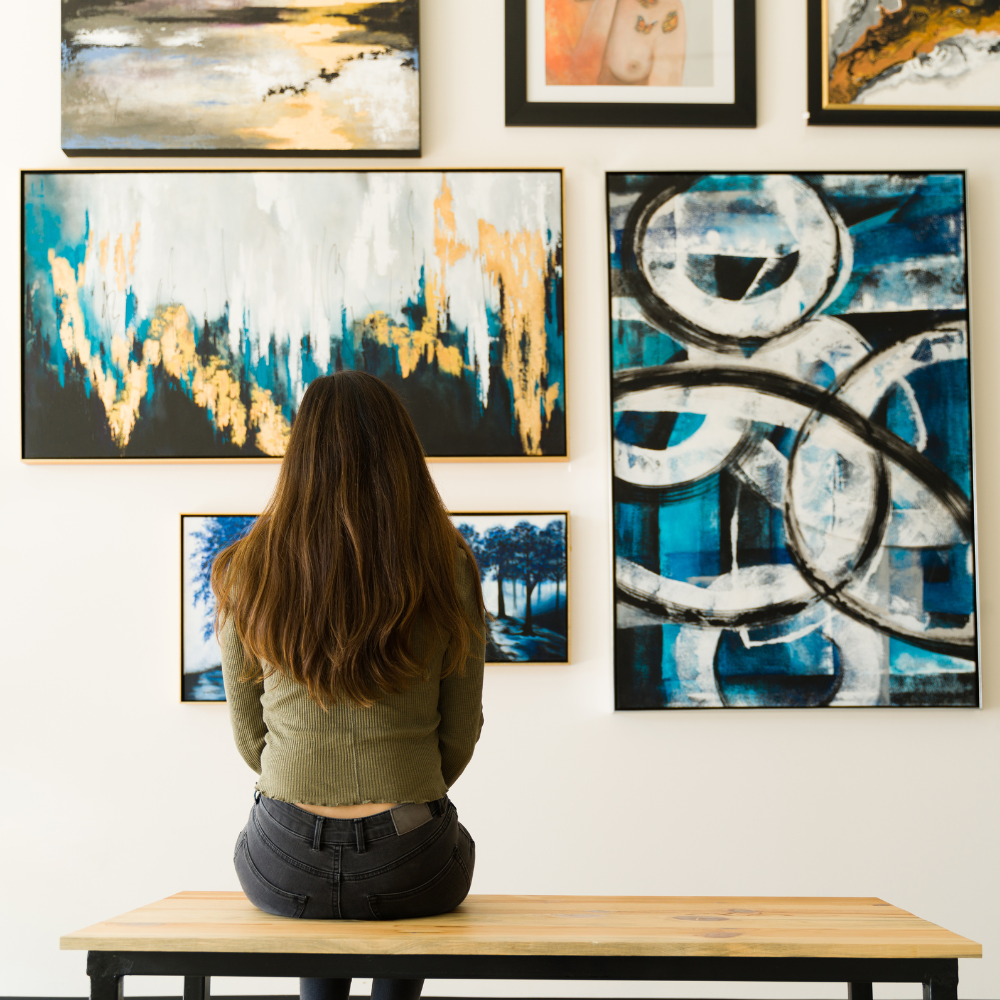


Art FAQs
Welcome to where curiosity meets creativity!
Whether you're a parent looking to nurture your child's artistic talents, an educator aiming to enrich your curriculum, or simply an art enthusiast eager to learn more, you've come to the right place.
These FAQs dive into the heart of art education, exploring the pivotal role of the four C's—Creativity, Critical thinking, Communication, and Collaboration.
These essential skills not only shape budding artists but also prepare students for a vibrant tapestry of life's challenges and opportunities.
Let's embark on this colorful journey together, uncovering how art transcends the canvas and becomes a vital tool for personal and academic growth.
Why are the four C's important in art education?
The four C's are important because they help students develop vital skills such as problem-solving, innovative thinking, and effective communication, which are necessary for success in today's world.
How can parents support the development of the four C's at home?
Parents can support the development of the four C's by encouraging creativity and critical thinking at home, engaging in meaningful conversations about artwork, and providing opportunities for collaborative activities with family and friends.
Can the four C's be applied to subjects other than art?
Absolutely. The four C's are universal skills that are beneficial across all subjects and in various professional and personal contexts. They are considered key components of a well-rounded education.
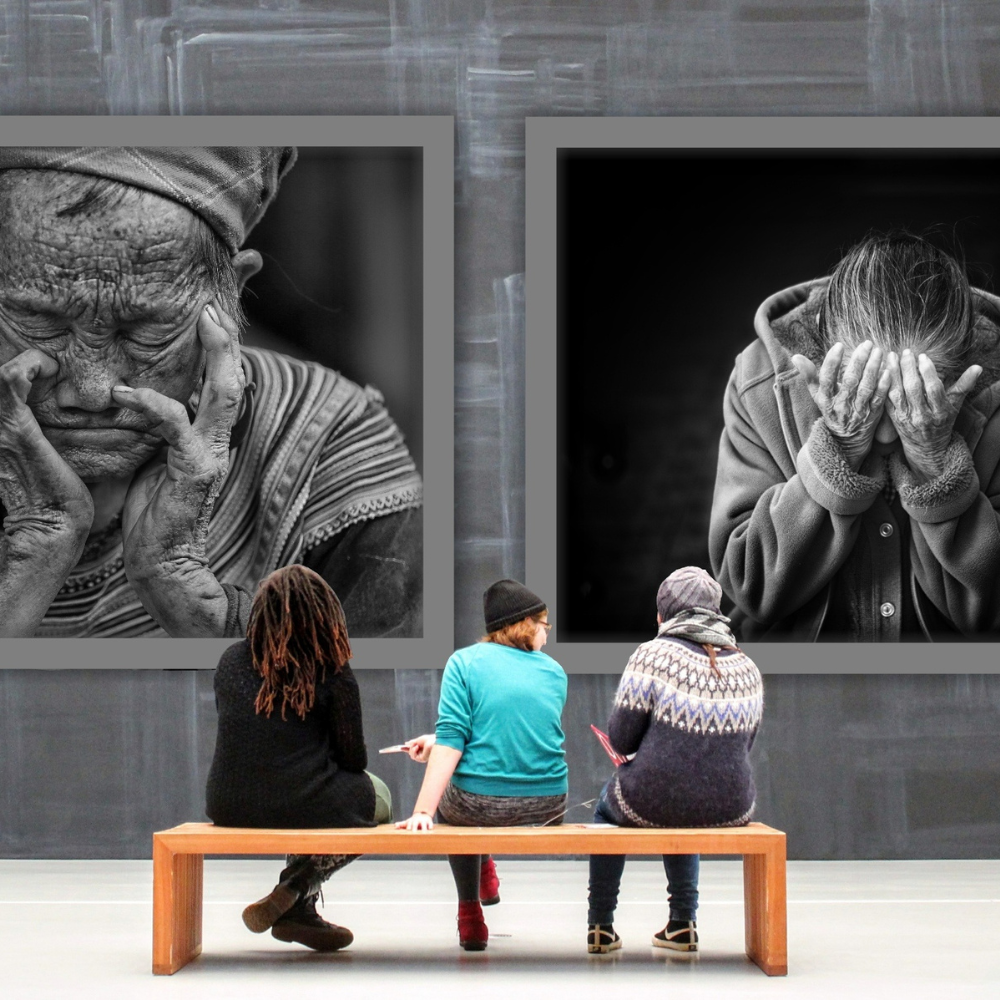


Interested in learning more about the 4 C's? Check out 21st Century Classroom's video!
Want even more content about creativity and art?
Be sure to check out all of our creative chronicles!
Eager to explore art, creativity, and critiquing?
Check out some of our other articles:
-Giving and receiving feedback
-What questions can you ask while evaluating art?
-What are the 7 elements of art?
